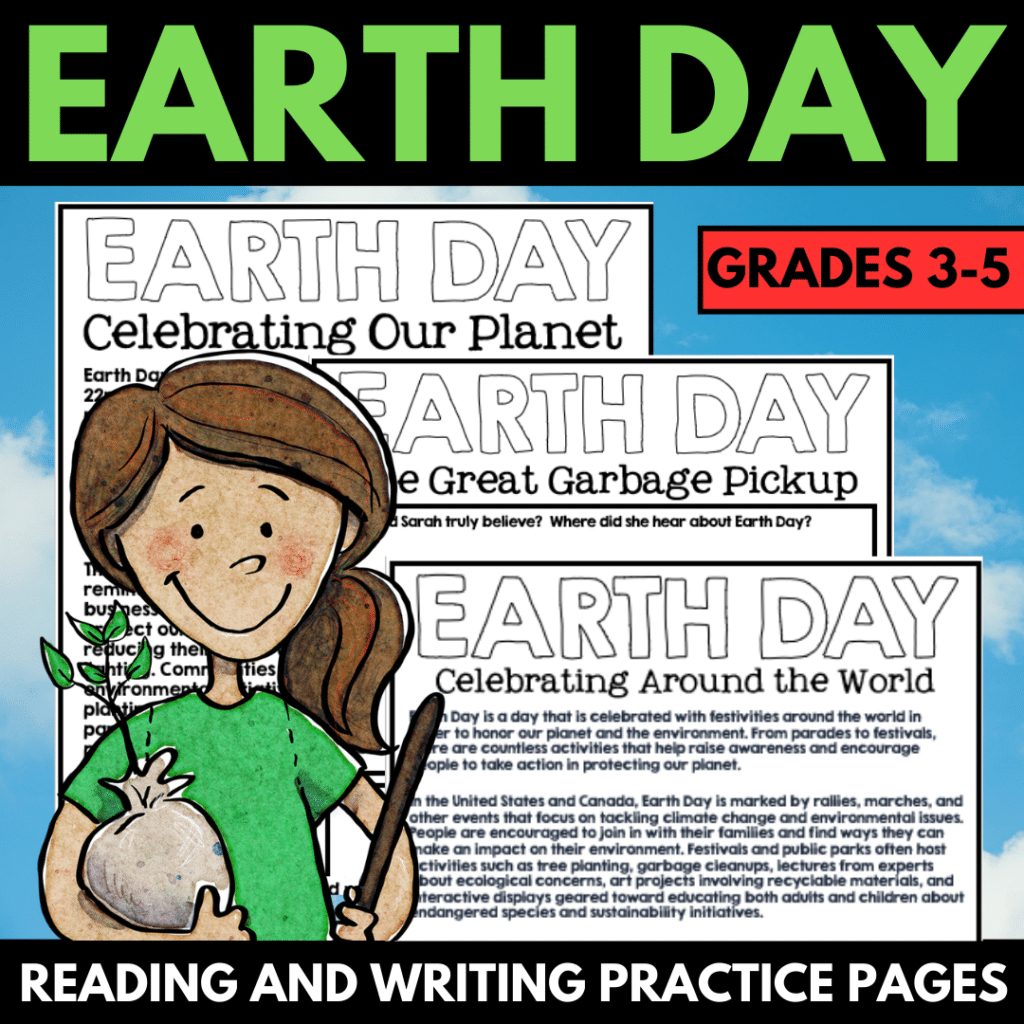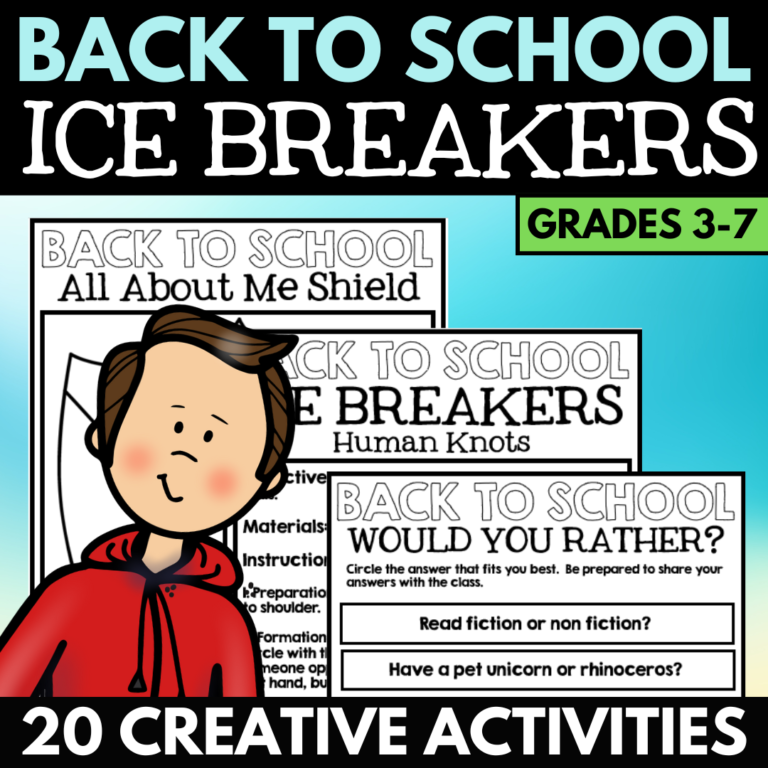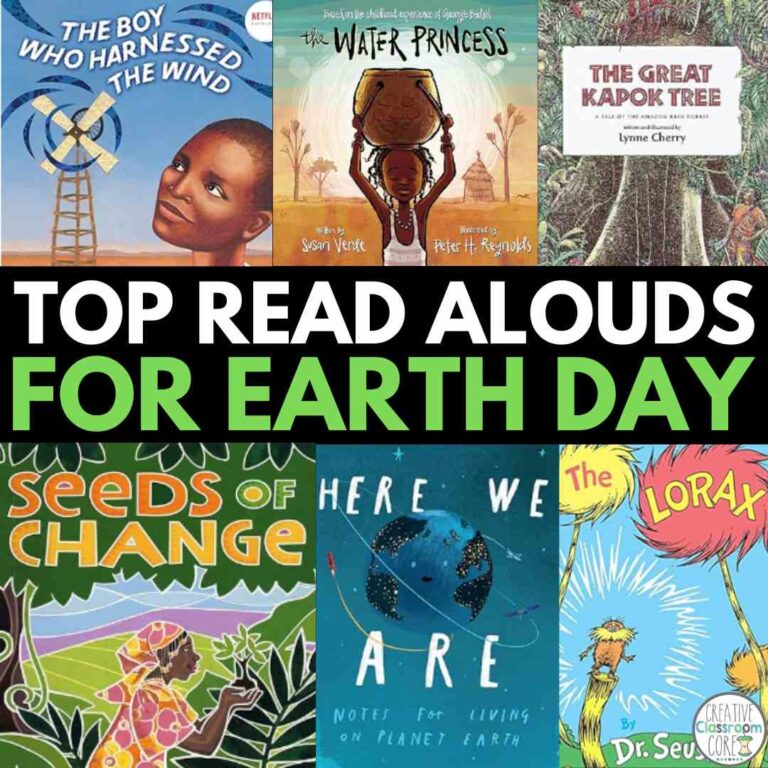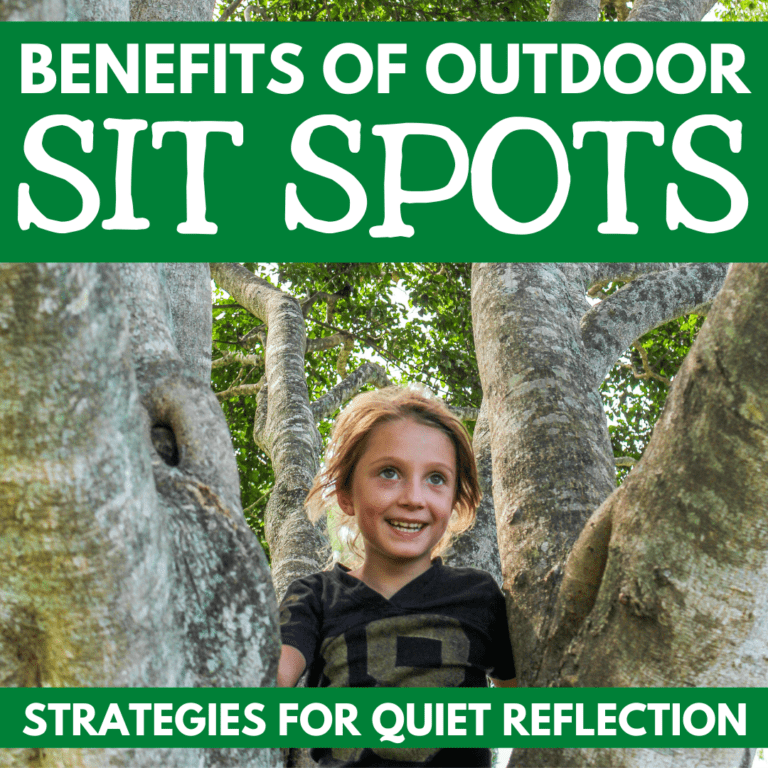6 Meaningful earth day activities your students will love
By MARISSA DESPINS Updated Nov 14, 2023
Meaningful Earth Day Activities
Earth Day is the perfect time to teach kids about the importance of environmentalism, conservation, and sustainability. Not only can meaningful Earth Day activities help students better understand the planet we live on, but they are also a great way to get them outdoors and engaged in their learning.
Looking for some meaningful Earth Day activities that you can print and use right away? Click on the image or button below to snag this complete Earth Day unit from my TPT shop!
Why should I teach my students about Earth Day?
Earth Day is a global event celebrated each year on April 22nd. The goal is to raise awareness about the importance of protecting the environment.

It was first proposed in 1970 by U.S. Senator Gaylord Nelson from Wisconsin. He believed that by uniting people around a common cause, environmental issues could be prioritized. Since then, it has grown into an international movement. Each year, millions of people join together to take part in events and demonstrations to make a positive impact on our planet.
The celebration of Earth Day also serves as an important reminder of the need for individuals, communities, businesses and governments to take action in order to protect our environment. For individuals, this could include reducing their water usage or switching to energy-efficient lighting. Communities can come together for local environmental initiatives such as beach cleanups or tree-planting projects. Industries and governments can do their part too by creating policies that support sustainable practices.
Earth Day is not just about celebrating our planet – it’s about taking action to ensure its future health and wellbeing as well. We all have a role to play in protecting our environment. Through introducing our students to meaningful Earth Day activities, we can build a healthier planet for generations to come.
What are some ways I can incorporate meaningful Earth Day Activities into my classroom curriculum?
From quiet reflection to garden planting, there are a ton of great ways to introduce meaningful Earth Day activities into your classroom teaching. Below are some easy ways to help get you started.

Outdoor Learning
One of the most important things we can do for our planet is to appreciate and take care of nature. One of the very best ways to do this is by simply getting them outside! So many different math, reading, writing, science, and art concepts can be turned into meaningful Earth Day activities when taught outside of the four walls of the classroom!
For more information on the benefits of outdoor learning, check out the link below:
What is Place Based Education?
Looking for engaging math, art, writing, and reading activities to take your teaching outdoors? Check out the resource below – it contains 31 different outdoor learning activities!
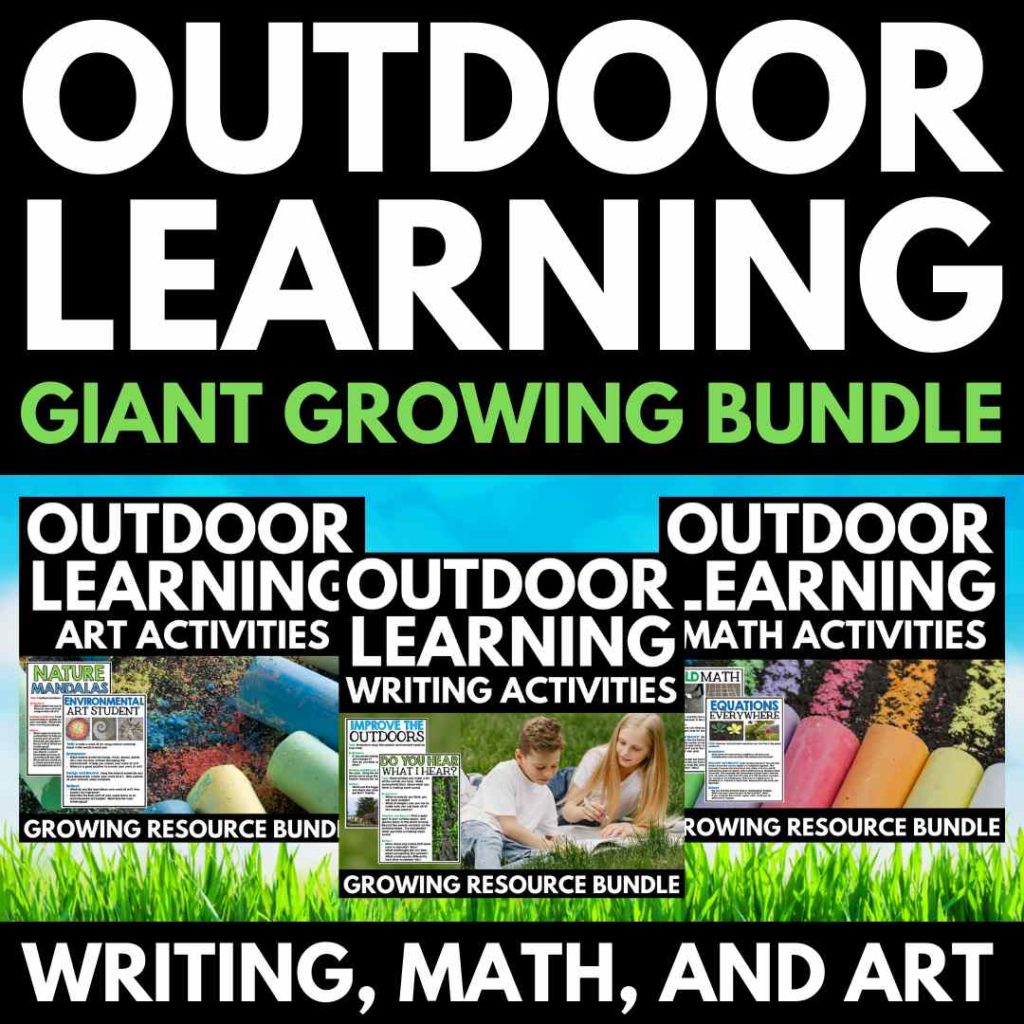
Nature Reflection
Students of all grade levels can benefit from the time spent outdoors in quiet reflection. A Sit Spot is a quiet space in nature chosen by the student. It is a space where students can quietly observe and reflect on the natural environment for extended periods of time. Students return to their Sit Spots several times over the course of a school year, noticing the ways the space changes over time. Their chosen spots become spaces to cultivate awareness, settle their minds, and feel balanced. Sit Spots make powerful and meaningful Earth Day activities that enable students to be more present and connected in their daily lives. While the practice does not take much time, the impacts can be profound.

For additional information on Sit Spots, with tips, tricks, and resources, check out the posts below.
Sit Spots – Tips and Tricks for Success
Teach about Composting
Composting is an effective way to reduce waste as well as provide essential nutrients for your plants. Teaching kids the basics behind composting is a great way for them to understand the importance of recycling organic materials like food scraps and yard waste into nutrient-rich soil for gardening.
A great way to get started with composting is to have students decorate lidded bins for each classroom in the school. Students can encourage their friends to add their food scraps to the bins during lunch and recess. At the end of the week, students can gather the bins from each classroom and add the scraps to a school compost pile.
Through composting education, children will learn how beneficial it is for our planet by reducing landfill waste and creating healthy soil for growing plants.
Student Gardening
Gardening is an excellent way to connect with nature while at the same time learning about the environment. Planting flowers or vegetables with your students is a great way to introduce them to the science of gardening. It is also an excellent way to teach them about sustainability. Have your students keep track of their plants from start to finish, noting changes in growth over time as well as any challenges they encounter during the planting process. This activity will not only help them become more familiar with plants, but it will also give them an appreciation for nature and how it works. In addition, they will be able to enjoy the fruits (or vegetables) of their labor when it’s in full bloom!
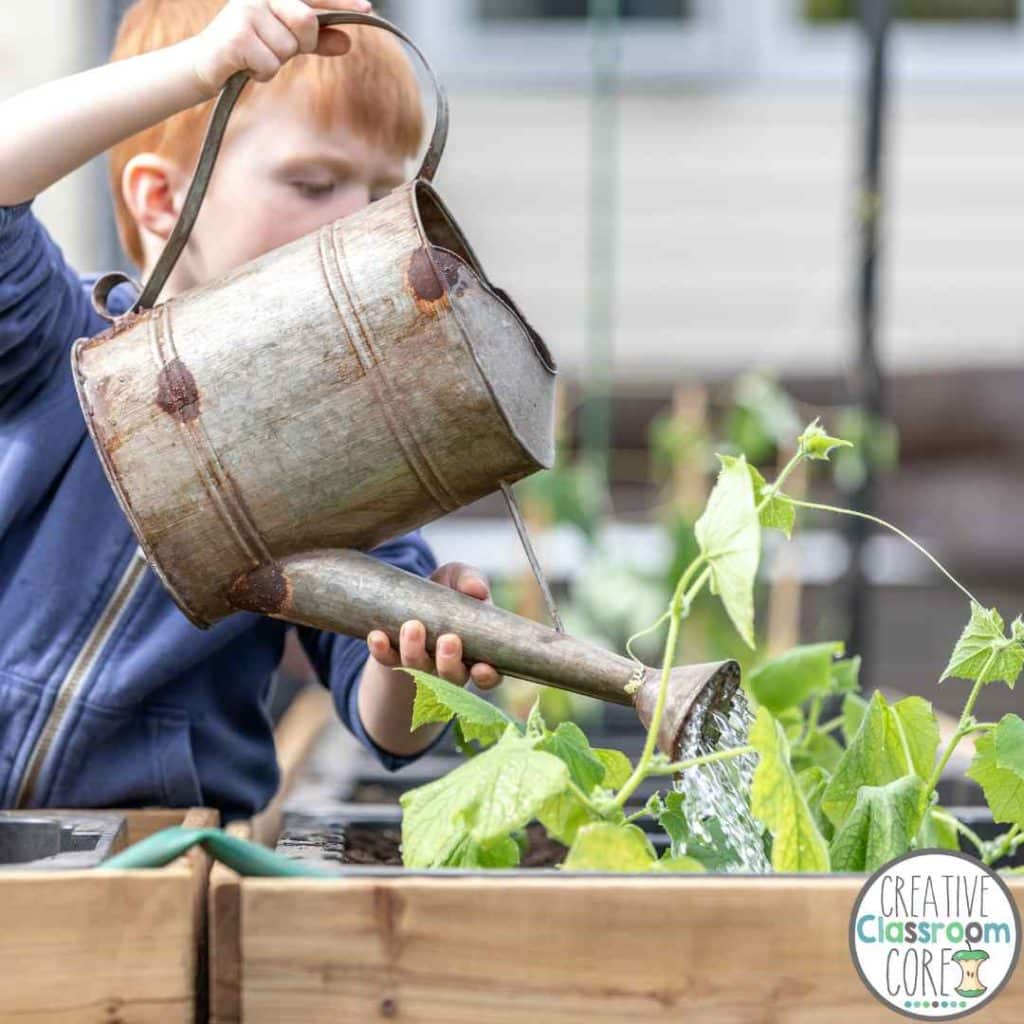
Gardening teaches children how to care for something over time, and it also helps build their patience.
Organizes a trash pickup
Getting kids involved in picking up litter around their local community is a great way to get them engaged in environmental issues. Have your students go out into their own neighborhoods or parks and pick up any trash they find. Afterward, have them discuss their findings – what types of items did they find? How much trash was there? What do they think can be done to reduce the amount of garbage found in our environment? This activity will not only help clean up local areas but it will also provide valuable insight into where most of our waste comes from and what we can do about it.
Create Upcycled Art Projects
Encouraging your students to use recycled materials and everyday items like newspapers or cardboard boxes can be an incredibly fun activity! Upcycled art projects allow kids to get creative while also teaching them about recycling and reducing waste. Plus, it encourages an appreciation for the environment by showing students how everyday products can be reused in new ways.
Looking for some Earth Day Art inspiration? Check out this bundle below! It contains a variety of nature based art projects that are perfect for Earth Day!
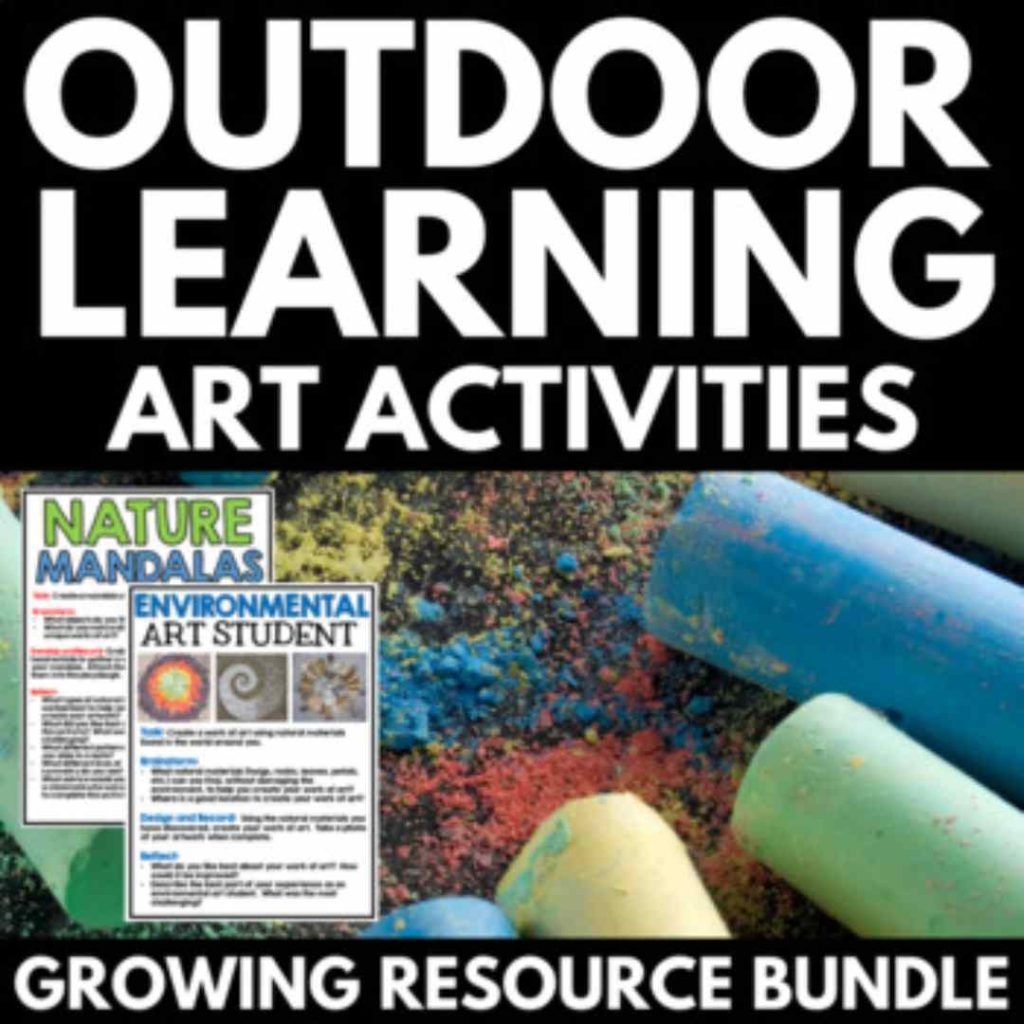
Earth Day provides us with an opportunity to teach children why taking care of our planet matters so much and how we can do our part to make sure our world remains healthy and beautiful for generations to come. These activities are just a few ideas you can use to engage your students in meaningful Earth Day activities. No matter which activity you choose, you’ll be helping children learn more about our planet while having fun at the same time!
Looking for more meaningful activities for earth day?
Check out these fun ELA review activities all about Earth Day! Simply click on the image below to go directly to my TPT shop.
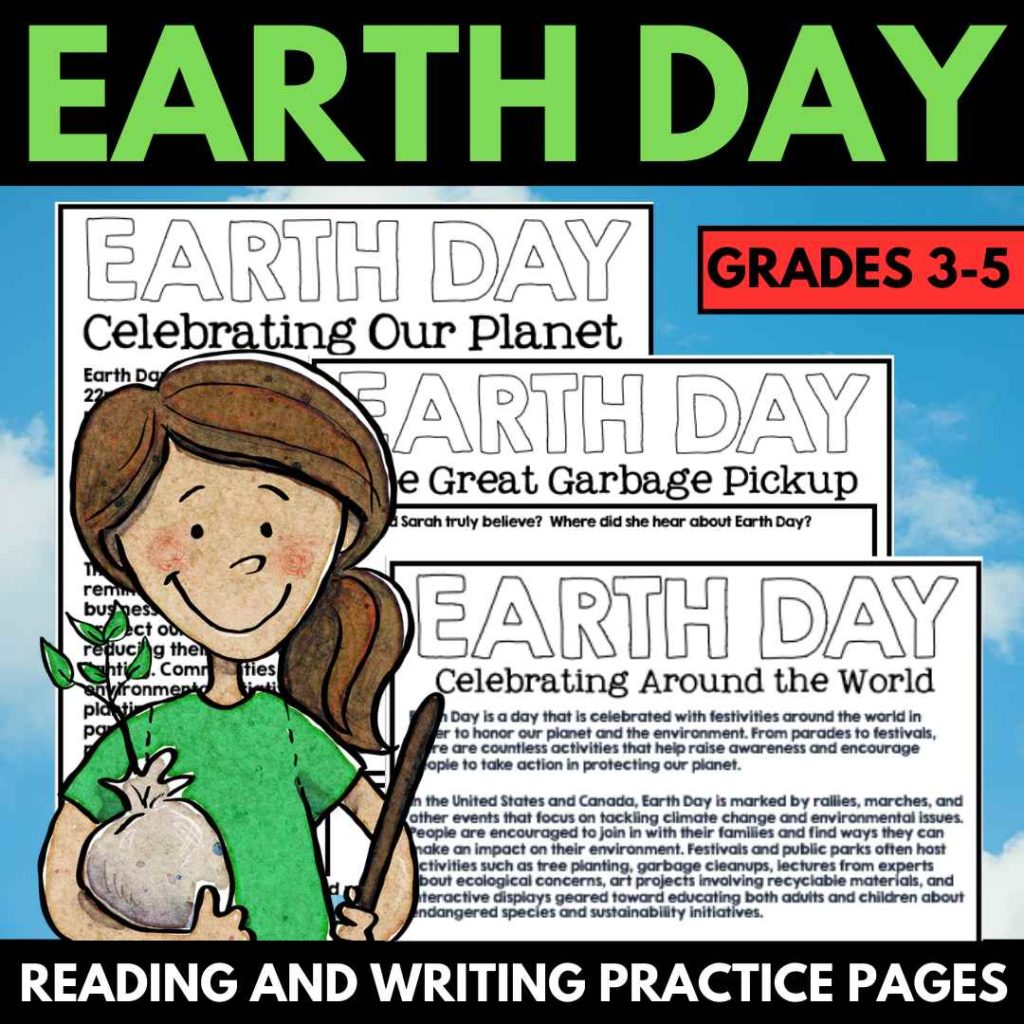
Interested in signing up for my email list?
If you are interested in signing up for my email list, you can do so by clicking on the link below. I periodically send out emails with free resources, teaching tips, and exclusive deals. Signing up will also give you immediate access to some of my best selling Interactive Notebook resources – foldable projects, graphic organizers, and other fun activities.

